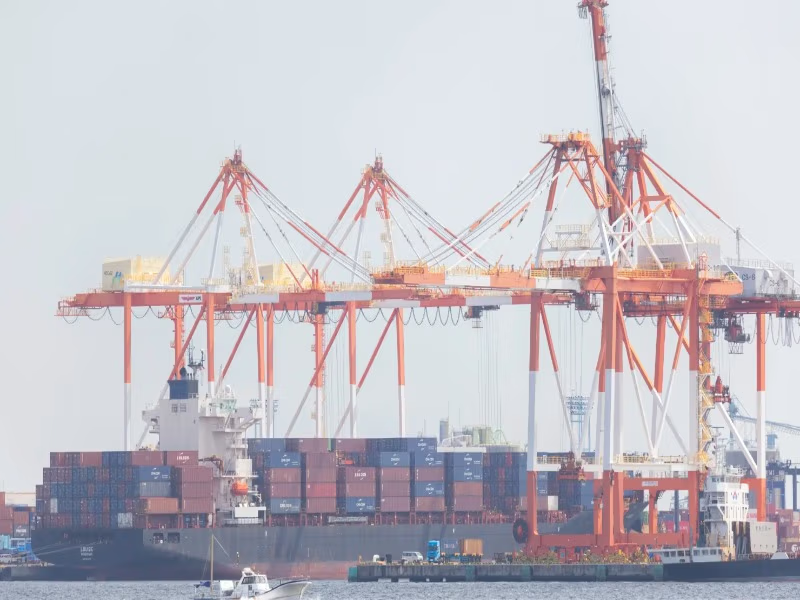Japanese exports in September ended a four-month downturn. They grew 4.2 percent year over year. Strong shipments to Asia partially offset a decline in exports to the U.S.
However, exports failed to meet the median forecast of Reuters, which was a 4.6 percent increase.
Shipments to Asia increased by 9.2 percent over the same time last year, increasing by 5.8 percent in exports to mainland China, which was the top Japanese trading partner.
The exports to the U.S., which was the second biggest trading partner of Japan, declined by 13.3 percent.
Export of semiconductors in Japan was one of the factors that contributed to the overall growth in September, as it increased by 12.6 percent in value year-on-year.
The exports of Japan plunged into negative territory as the nation struggled with U.S. tariffs, and its shipments of automobiles to the largest economy in the world suffered a massive blow.
Auto shipments to the U.S. decreased 24.2 percent in September in terms of value, a difference of a bit from the 28.4 percent reduction in August.
Tokyo secured a trade agreement with Washington that reduced tariffs on its exports to the U.S. to 15 percent rather than 25 percent, as originally suggested by President Donald Trump in July. The tariffs amounted to 15 percent, which came into effect on August 7.
The world’s fourth-largest economy saw imports rise 3.3 percent year on year. This reversed a 5.2 percent decline in August and exceeded the 0.6 percent year-on-year growth forecasted by the Reuters poll.
Chief FX Strategist and Head of Research of Sumitomo Mitsui Banking Corporation, Hirofumi Suzuki, informed CNBC that exports are actually “not as strong as it appears on the surface,” indicating the impact of the previous year.
He anticipates a further increase in external demand, which will boost the growth in exports, but he cautions that it is obscured by the U.S.-China trade tensions.
The trade data in Japan follows a day after the country received its first woman Prime Minister, Sanae Takaichi, following months of political instability over a series of electoral losses by the ruling Liberal Democratic Party, in which former Prime Minister Shigeru Ishiba was defeated.
The loose momentary policy position taken by Takachi and huge fiscal stimulus is bound to devalue the yen and make Japanese products more competitive, which is good news to the exporters, who are heavyweights on the benchmark Nikkei 225 that has reached a record high on Tuesday.
SMBC’s Suzuki stated that even though “the yen was at quite weak levels against the U.S. dollar last year, we have yet to see a significant surge in exports. Policy factors such as tariffs seem to have a larger impact than FX on exports.”
The yen went down to almost 150 against the greenback as compared to 147 in the same month last year.
The so-called “Takaichi trade” has been factored into the markets since she assumed the LDP leadership in September, which has made the Nikkei to be at record highs and the Yen fall below the 150 level.
The economy of the country has performed better than anticipated, and the second-quarter GDP has been revised to 0.5 percent quarter on quarter as compared to 0.3 percent initially, which was estimated by analysts in a Reuters poll to have estimated 0.1 percent growth.






